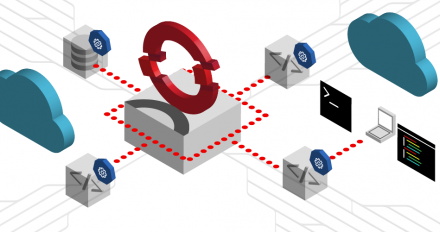
How to deploy and benchmark vLLM with GuideLLM on Kubernetes
This is a guide to deploying and benchmarking vLLM with GuideLLM on Kubernetes.

This is a guide to deploying and benchmarking vLLM with GuideLLM on Kubernetes.
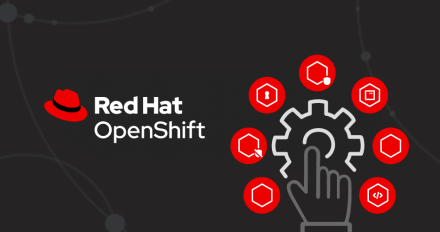
Learn how to maximize workload efficiency and reduce operational costs with the new OpenStack Services on OpenShift workload optimization operator.

Dive into how to onboard legacy virtual machines into modernized workloads via

Simplify the management of numerous Red Hat OpenShift HyperShift (HCP) clusters

Learn how to run privileged commands in OpenShift Dev Spaces cloud development environments more securely, using OpenShift sandboxed containers (Kata containers).
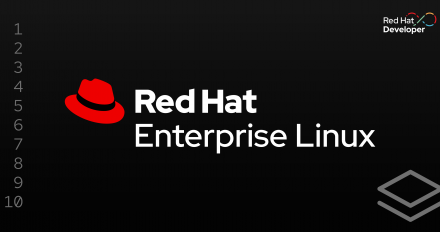
Use Podman Desktop to create a bootable .NET 10-based application using image

Learn about the right-sizing recommendations for OpenShift Virtualization with Red Hat Advanced Cluster Management.

Troubleshoot and benchmark OpenShift Virtualization workloads by seamlessly booting VMs on bare metal using NetApp Trident and FlexClone technology.
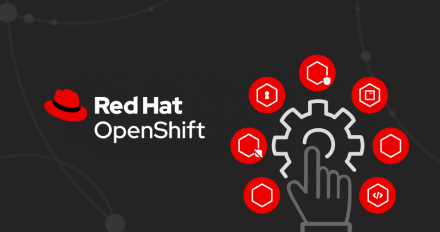
Discover the five key lessons learned about deploying OpenShift hosted clusters on bare metal.

Discover how LF Energy SEAPATH, an open source reference design for real-time platforms, is being used on RHEL to modernize electrical substation automation.

Learn how to run performance tests using benchmark-runner on Kubernetes and OpenShift pods and virtual machines.
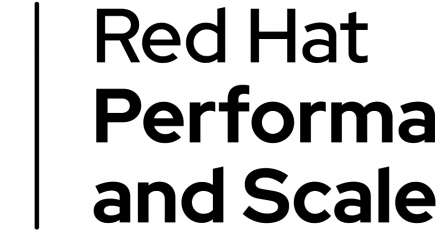
As the OpenShift Virtualization Performance & Scale team, we get access to
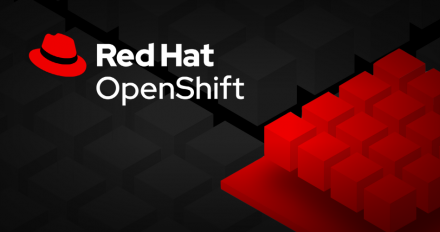
Learn how to automate builds of golden images for Red Hat OpenShift Virtualization using Packer.

Learn how to locally build and run a bootable container (bootc) image in Podman
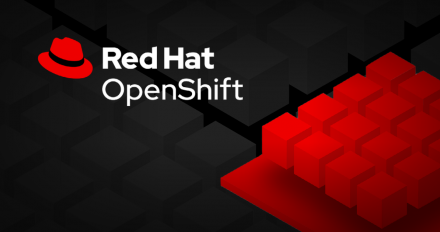
Learn how to configure OpenShift Virtualization to launch confidential VMs with Intel TDX and how to attest to their security using a tool called Trustee.
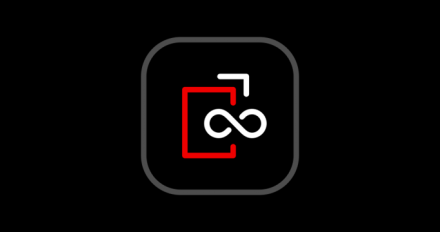
Your Red Hat Developer membership unlocks access to product trials, learning resources, events, tools, and a community you can trust to help you stay ahead in AI and emerging tech.
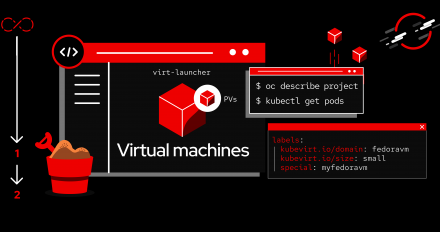
Learn how to expose OpenShift networks with the border gateway protocol to enhance features for virtual machines.

Learn how to run and analyze FIO I/O tests at scale on OpenShift Virtualization VMs to determine optimal storage backend performance.

Learn how integrating border gateway protocol with OpenShift Virtualization simplifies network configuration and enhances flexibility and scalability.

This video demonstrates the steps to attestate a TDX confidential VM in Red Hat OpenShift Virtualization.
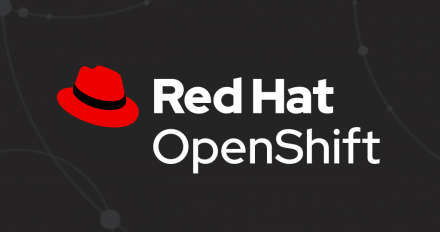
Examine the common frustrations of air-gapped OpenShift installations and a proven solution to simplify the process.

Learn how to address the limitations of Kubernetes in handling storage and secondary network issues for virtual machine use cases.

HyperShift streamlines OpenShift cluster management with hosted control planes, cutting costs, accelerating creation, and efficiently scaling large fleets.

Use Podman Desktop to create a bootable Django-based application using image
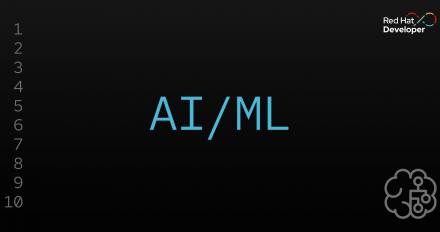
Discover how llama.cpp API remoting brings AI inference to native speed on macOS, closing the gap between API remoting and native performance.